
Medina: The Cultural Heartbeat of Dakar
Discover the vibrant culture, bustling markets, and rich heritage of Medina in Dakar, Senegal's lively and historic neighborhood.
Nestled in the vibrant city of Dakar, the Medina neighborhood is a treasure trove of culture, history, and local life. Known for its bustling markets, colorful streets, and rich history, Medina is a must-visit for any traveler seeking an authentic Senegalese experience. As you walk through Medina, you'll be captivated by the lively atmosphere. The streets are filled with the sounds of vendors calling out their wares, the aroma of local cuisine, and the sight of beautifully crafted handmade goods. This area is particularly famous for its markets, such as Sandaga Market, where you can find everything from fresh produce to traditional textiles and crafts. Medina is not just about commerce; it is also a hub for cultural and artistic expression. The neighborhood is home to several important landmarks, including the Grand Mosque of Dakar, which stands as a testament to the area's deep-rooted Islamic heritage. Additionally, the local art scene thrives here, with numerous galleries and street art that reflect the vibrancy and creativity of its residents. Visiting Medina offers a unique opportunity to immerse yourself in the daily lives of Dakar's locals. Whether you're sampling street food, bargaining for a souvenir, or simply strolling through the lively streets, you'll find that Medina has a way of making you feel like a part of its community.
Local tips in Medina
- Visit early in the morning to experience the market at its liveliest and to avoid the midday heat.
- Dress modestly, especially when visiting religious sites like the Grand Mosque.
- Carry small denominations of local currency for easier transactions at the markets.
- Don't be afraid to haggle; it's a common practice and part of the shopping experience.
- Take time to explore the side streets; some of the best finds and most interesting sights are off the main paths.
Iconic landmarks you can’t miss
African Renaissance Monument
Explore the African Renaissance Monument in Dakar: A towering symbol of heritage, hope, and the vibrant spirit of Senegal.
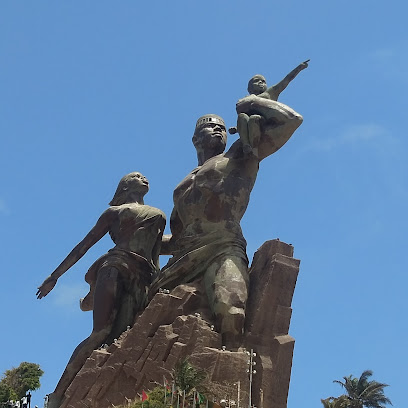
MARCHE TILENE
Discover the vibrant heart of Dakar at Marche Tilene, where local flavors, crafts, and culture come together in an unforgettable market experience.
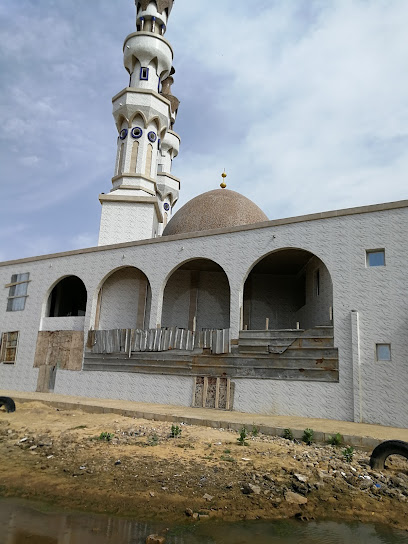
Place du Souvenir Africain
Discover the rich cultural heritage at Place du Souvenir Africain, a must-visit landmark in Dakar celebrating Africa's unity and history.
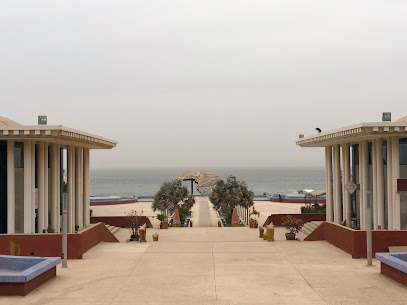
Marché soumbédioune
Experience the vibrant culture of Dakar at Marché Soumbédioune, where local crafts, fresh seafood, and authentic cuisine come together in a bustling market atmosphere.

The Museum of Black Civilisations
Discover Africa's rich cultural tapestry at The Museum of Black Civilisations, a premier tourist attraction in Dakar showcasing art, history, and heritage.
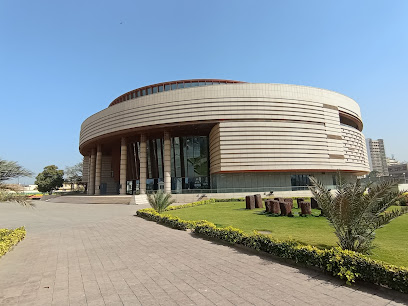
Grand Mosque of Dakar
Explore the Grand Mosque of Dakar, a breathtaking blend of architecture and spirituality, showcasing Senegal's rich Islamic heritage in a serene atmosphere.
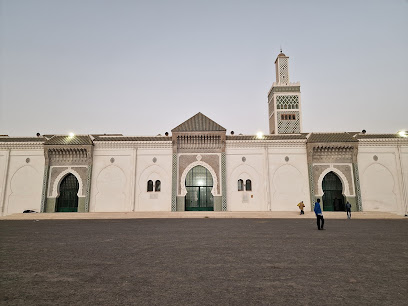
Monument du Millénaire
Explore the Monument du Millénaire, a significant historical landmark in Dakar that embodies the essence of Senegal's cultural heritage.
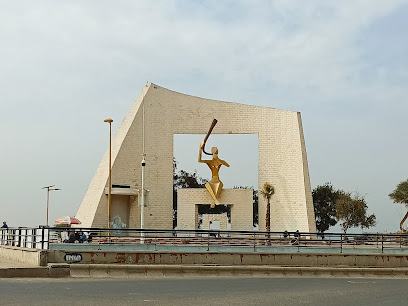
Obelisk Square
Discover the historical essence of Dakar at Obelisk Square, a serene landmark rich in culture and architectural beauty, perfect for exploration.

Corniche Ouest
Experience the stunning views and vibrant culture at Corniche Ouest, Dakar's iconic coastal promenade along the Atlantic Ocean.
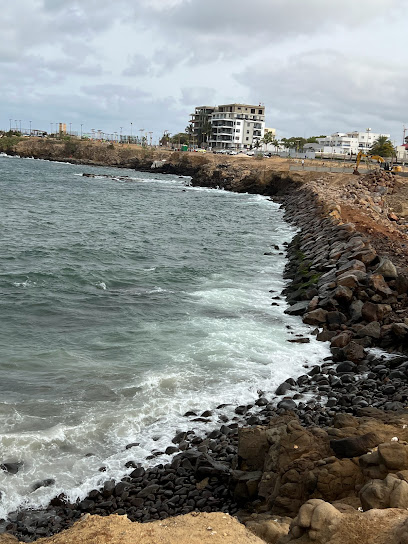
Cathédrale du Souvenir Africain
Explore the stunning Cathédrale du Souvenir Africain, a blend of modern and traditional architecture in the heart of Dakar, Senegal.
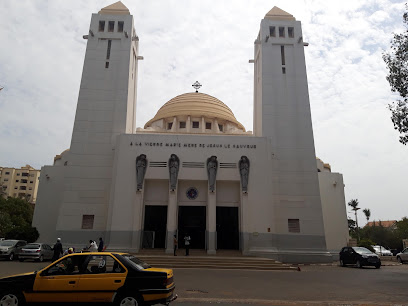
Senegalese Armed Forces Museum
Explore the Senegalese Armed Forces Museum in Dakar for a deep dive into the country's military history and cultural heritage.
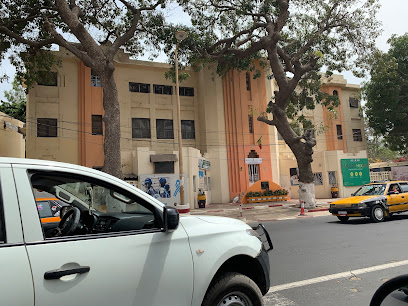
Espace Medina
Discover the vibrant culture of Senegal at Espace Medina, a must-visit museum brimming with history and artistic expression in the heart of Dakar.
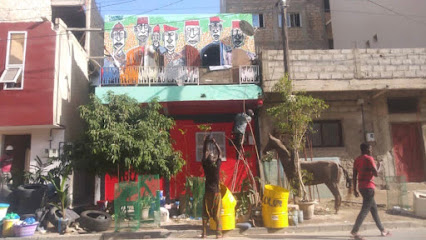
Monument Demba et Dupont
Explore the Monument Demba et Dupont in Dakar, a significant landmark reflecting Senegal's rich history and cultural heritage.
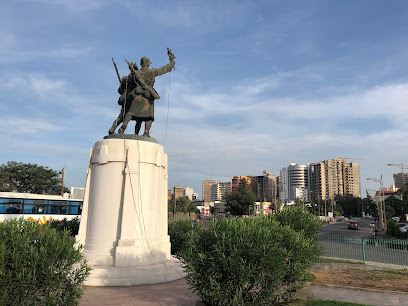
Essential places to dine
Restaurant Yaye Ndioba
Experience authentic Senegalese flavors at Restaurant Yaye Ndioba in Dakar's vibrant Medina district.
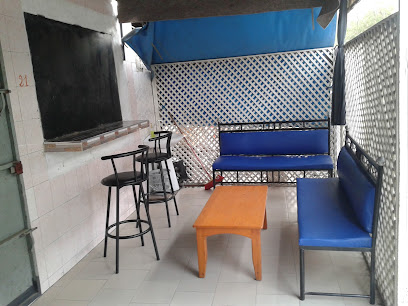
Bistrot De Paris
Discover Bistrot De Paris in Dakar for an exquisite blend of French cuisine and Senegalese charm in a warm and inviting atmosphere.
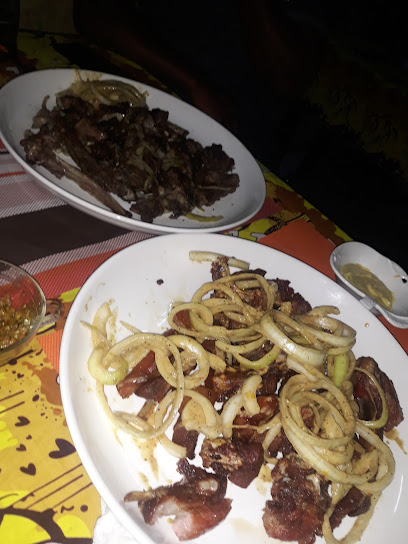
Restaurant Moss Doli Médina
Discover authentic Senegalese flavors at Restaurant Moss Doli Médina in Dakar's lively Medina district.
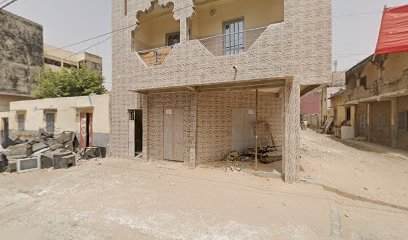
Galicia restaurant
Savor the authentic tastes of Senegal at Galicia Restaurant in Dakar's lively Medina district.
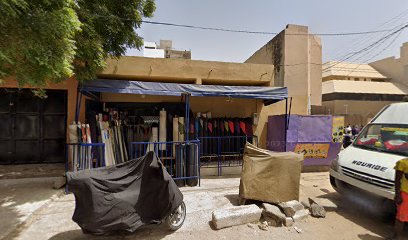
ASANKA DELIGHT DAKAR
Discover authentic Senegalese cuisine at Asanka Delight Dakar, where traditional flavors meet a warm and inviting atmosphere.
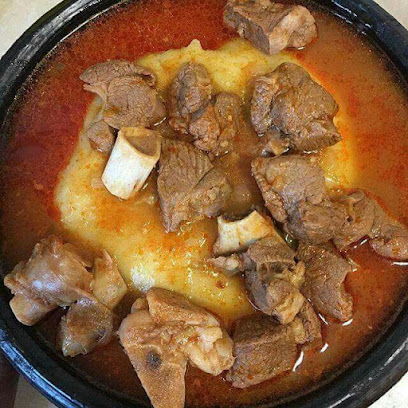
Chez Rama
Experience authentic Senegalese cuisine at Chez Rama in Dakar's vibrant Medina district - a culinary journey like no other!
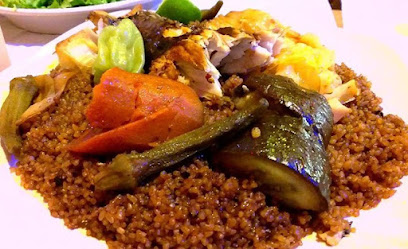
Restaurant Bon appétit Sénégal
Experience authentic Senegalese cuisine at Restaurant Bon appétit Sénégal in Dakar's lively Medina district.
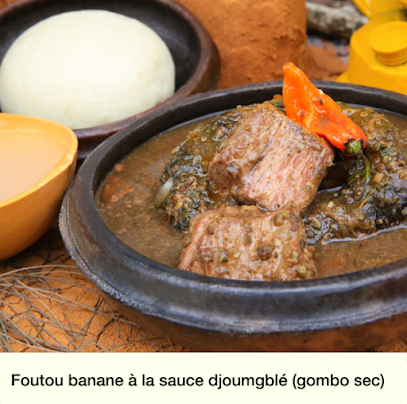
Sagar Restaurant
Experience authentic Senegalese cuisine at Sagar Restaurant in Dakar's Medina neighborhood, where rich flavors meet warm hospitality.
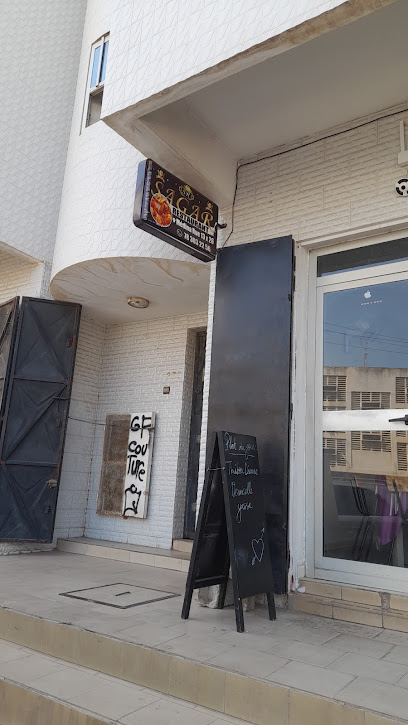
Safsapcuisine
Discover authentic Senegalese flavors at Safsapcuisine in Dakar's Medina district - a culinary haven for food enthusiasts.
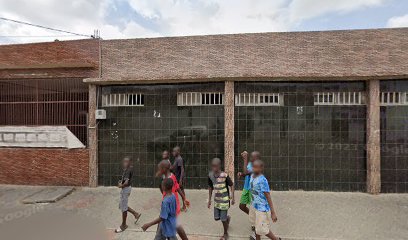
Restaurant le NDADIE
Experience authentic Senegalese cuisine at Restaurant le NDADIE in Dakar's Medina district - a true culinary delight for every traveler.
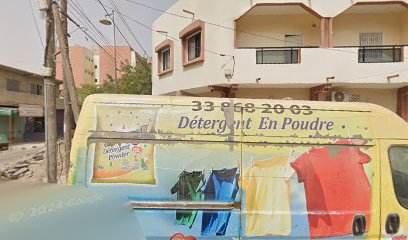
Markets, malls and hidden boutiques
Sandaga Market
Discover the bustling Sandaga Market in Dakar, a vibrant hub of local culture, crafts, and cuisine that showcases the heart of Senegal.
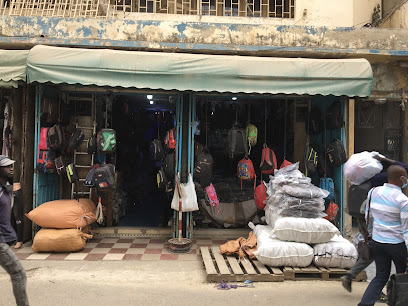
Nahyel - Boutique de Cadeaux Dakar
Explore Nahyel - Boutique de Cadeaux Dakar for unique, handcrafted gifts that capture the vibrant culture of Senegal.
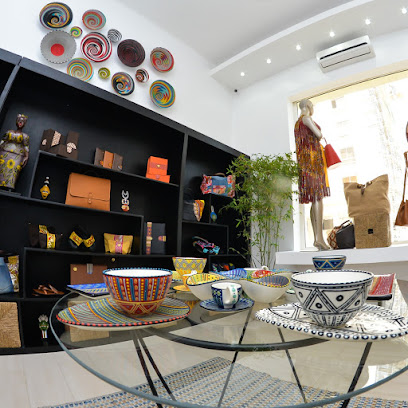
Dakado Créateur de cadeaux
Discover authentic African handicrafts and unique gifts at Dakado Créateur de cadeaux in Dakar, a treasure trove for tourists seeking memorable souvenirs.
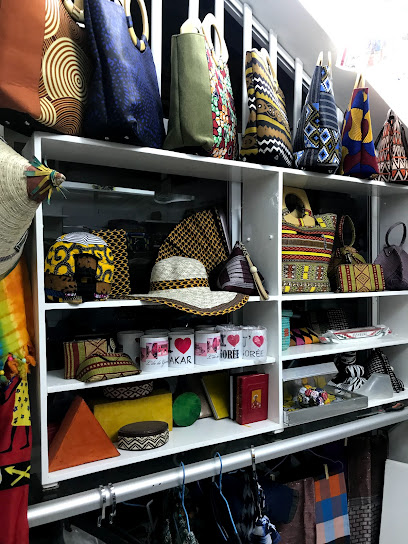
Imaara Concept Store
Explore the artistic treasures of Senegal at Imaara Concept Store, where local craftsmanship meets contemporary design in the heart of Dakar.
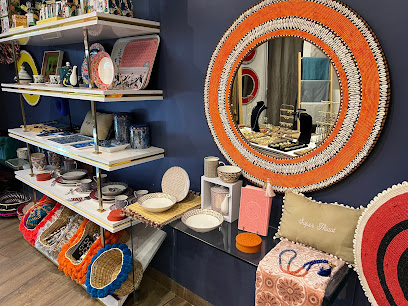
Kalsoum shop
Discover Kalsoum Shop in Dakar for unique dresses and boutique items that celebrate Senegalese fashion and culture.

Rue de la Mode - Dakar
Discover the vibrant fashion scene at Rue de la Mode in Dakar, your go-to destination for stylish clothing and unique accessories.
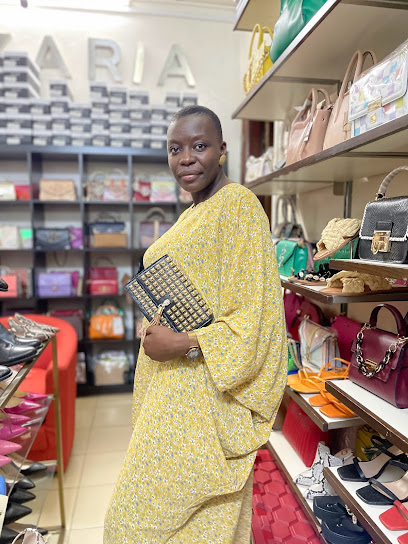
OMAR YOLO FASHION
Explore the unique blend of traditional craftsmanship and modern design at Omar Yolo Fashion, Dakar's premier handbag shop.
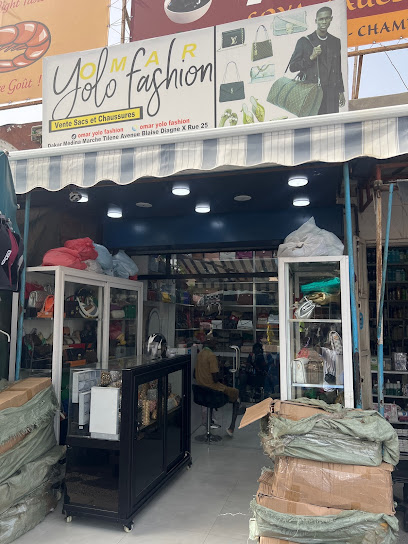
Boutique BTB Shop
Explore top-notch electronics and innovative tech solutions at Boutique BTB Shop in the heart of Dakar's Medina district.
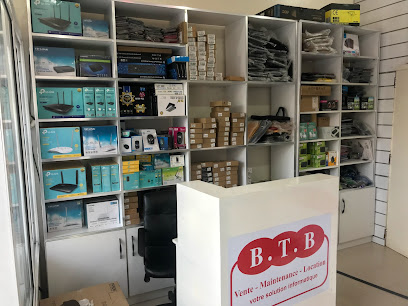
Medina
Explore Medina in Dakar for unique home goods and authentic Senegalese craftsmanship that brings cultural beauty to your space.
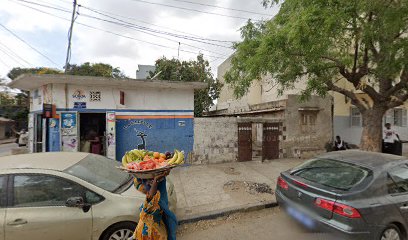
Dmd Shop
Explore unique clothing and accessories at Dmd Shop, a vibrant fashion destination in Dakar's Medina district reflecting local culture.
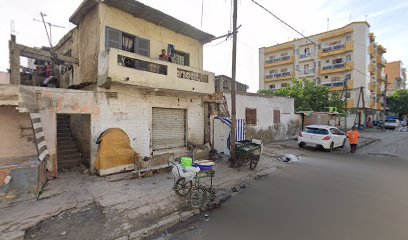
Issa Yedas
Explore the cultural treasures of Senegal at Issa Yedas, a unique collectibles store in Dakar's Medina district. Discover authentic souvenirs and local art.
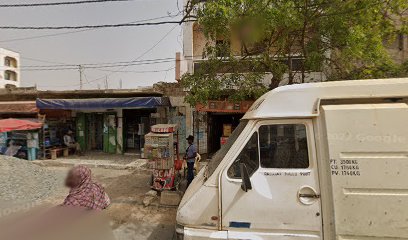
Eva shop
Explore the vibrant fashion of Senegal at Eva Shop, where local craftsmanship meets contemporary style in the heart of Dakar.
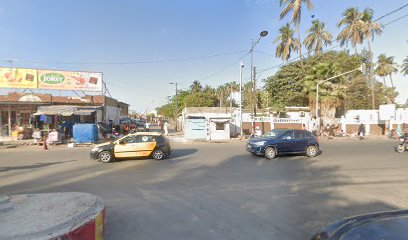
Chez BADR
Explore the charm of Dakar at Chez BADR, where unique collectibles and local craftsmanship come together to create unforgettable memories.
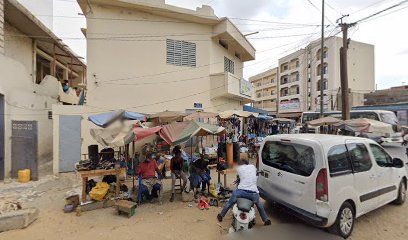
Diopys Fashion
Explore the vibrant world of handbags at Diopys Fashion in Dakar – where local craftsmanship meets contemporary style.
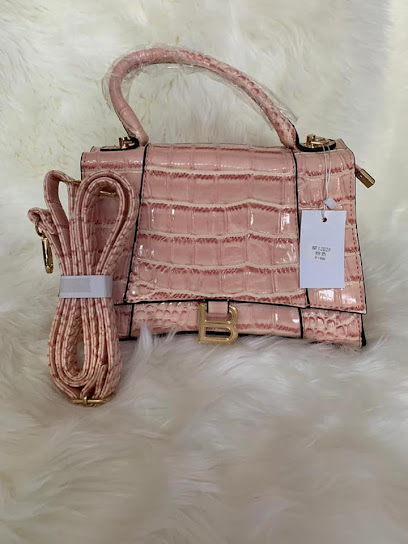
Laye & Shuupa Shop
Explore vibrant Senegalese fashion at Laye & Shuupa Shop in Dakar, where tradition meets contemporary style for a unique shopping experience.
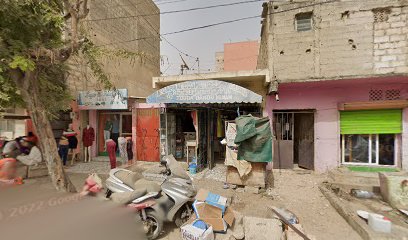
Essential bars & hidden hideouts
Viking Pub
Discover the lively atmosphere and local flavors at Viking Pub, a must-visit bar in the heart of Dakar's nightlife.
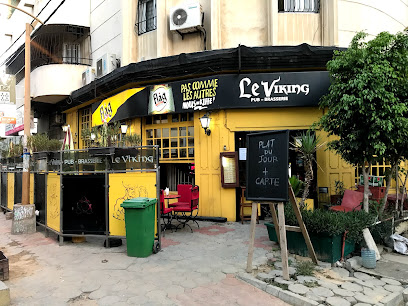
Le Khorbi
Explore the vibrant nightlife of Dakar at Le Khorbi, where local flavors meet a lively atmosphere in the heart of the city.
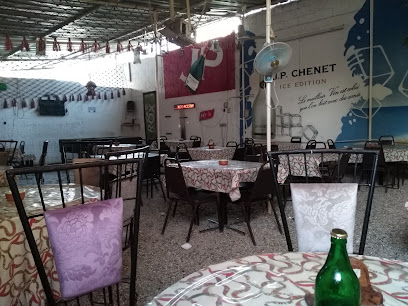
Le Jovial
Experience the vibrant nightlife and local culture at Le Jovial, a lively bar in the heart of Dakar offering a diverse drink selection and live music.
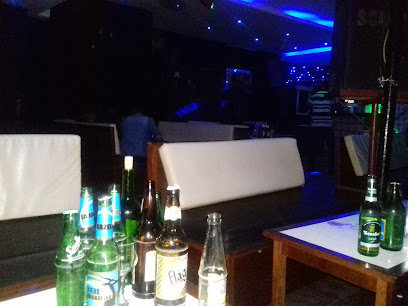
Lumière Bleu
Experience the lively ambiance and affordable drinks at Lumière Bleu, the heart of Dakar's nightlife in the Medina district.
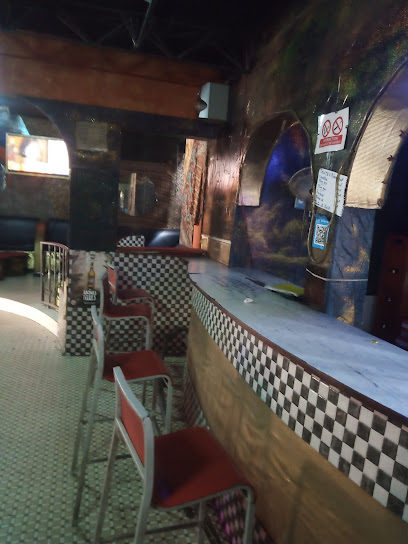
CHEZ DANNY
Discover the lively spirit of Dakar at Chez Danny, a vibrant bar where local culture and nightlife come alive.
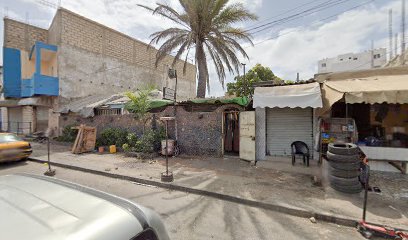
LE ZIO
Discover the lively atmosphere and delightful flavors at LE ZIO, Dakar's premier lounge for locals and tourists alike.
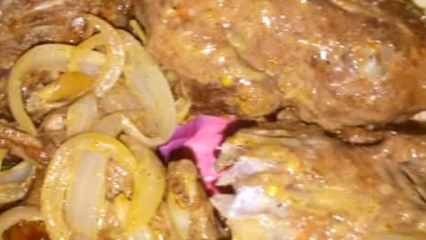
Senegal PUB
Discover the vibrant nightlife of Dakar at Senegal PUB, where local flavor meets international drinks in a lively atmosphere.

local pub
Discover the vibrant local pub at Marche Artisanal de Soumbedioune, where culture, music, and refreshing drinks blend seamlessly.
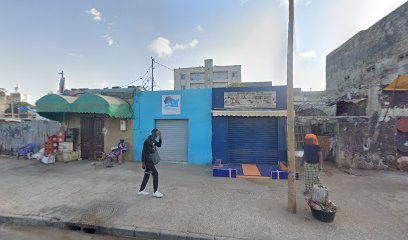
Jiiht
Discover the vibrant nightlife of Dakar at Jiiht, where local culture and refreshing drinks come together for an unforgettable experience.

Com Pub Telecentre
Experience the vibrant nightlife of Dakar at Com Pub Telecentre, a lively bar offering local drinks and a cultural hub for all visitors.

Local Phrases
-
- HelloSalaam aleikum
[sa-laam ah-lei-kum] - GoodbyeBa ci kanam
[ba chi ka-nam] - YesWaaw
[waaw] - NoDeedet
[dee-det] - Please/You're welcomeJërëjëf
[je-re-jef] - Thank youJërëjëf
[je-re-jef] - Excuse me/SorryBa beneen
[ba be-neen] - How are you?Jàng nga def?
[ja-ng nga def?] - Fine. And you?Nopp. Nopp ci kanam?
[nop. nop chi ka-nam?] - Do you speak English?Mangi nopp Angalee?
[man-gi nop an-ga-lee?] - I don't understandDa nga def?
[da nga def?]
- HelloSalaam aleikum
-
- I'd like to see the menu, pleaseNuy wutul menwi, jërejëf
[nu-y wu-tul men-wi, je-re-jef] - I don't eat meatMangi jërejëf la yam
[man-gi je-re-jef la yam] - Cheers!Santé!
[san-tey] - I would like to pay, pleaseNopp jàmm, jërejëf
[nop jam, je-re-jef]
- I'd like to see the menu, pleaseNuy wutul menwi, jërejëf
-
- Help!Nopp!
[nop!] - Go away!Jàppal!
[jap-pal!] - Call the Police!Nopp laa polis!
[nop laa po-lis!] - Call a doctor!Nopp laa dokteer!
[nop laa dok-teer!] - I'm lostNoppu ko koy
[nop-pu ko koy] - I'm illNoppu ni fi
[nop-pu ni fi]
- Help!Nopp!
-
- I'd like to buy...Nopp la ñu yam...
[nop la nu yam...] - I'm just lookingNuy jangi niit
[nu-y jan-gi niit] - How much is it?Ñaari ndaw?
[nya-ri ndaw?] - That's too expensiveNdaw naa laa
[ndaw na laa] - Can you lower the price?Mangi ci xàmbaar ak ndaw?
[man-gi ci xam-baar ak ndaw?]
- I'd like to buy...Nopp la ñu yam...
-
- What time is it?Wàññi sum?
[wa-ni sum?] - It's one o'clockDun yàpp baax
[dun yap baax] - Half past (10)Noppu denc ci njëf
[nop-pu dench ci n-jef] - MorningWacci
[wa-chi] - AfternoonTalat
[ta-lat] - EveningJëkkër
[je-kker] - YesterdayJëmmi
[jem-mi] - TodayNopp
[nop] - TomorrowDeem
[deem] - 1Benn
[ben] - 2Jëf
[jef] - 3Jëmm
[jemm] - 4Njërt
[n-jert] - 5Jàmm
[jamm] - 6Jàmm ak jëf
[jamm ak jef] - 7Jàmm ak jëmm
[jamm ak jemm] - 8Jàmm ak njërt
[jamm ak n-jert] - 9Jàmm ak jàrt
[jamm ak jart] - 10Njëf
[n-jef]
- What time is it?Wàññi sum?
-
- Where's a/the...?Feegi bi...
[fee-gi bi...] - What's the address?Sumaay?
[su-maay?] - Can you show me (on the map)?Mangi taw ci map?
[man-gi taw ci map?] - When's the next (bus)?Mangi tànaa ñaari ñaari?
[man-gi ta-naa nya-ri nya-ri?] - A ticket (to ....)Jëfandik bi (ci ...)
[jefan-dik bi (ci ...)]
- Where's a/the...?Feegi bi...
History of Medina
-
Medina, a vibrant neighborhood in Dakar, was established during the French colonial period in the late 19th century. The area was primarily developed as a working-class district for the growing number of laborers attracted by the booming port of Dakar. Its layout reflects the colonial urban planning practices of the time, with narrow streets and densely packed housing.
-
Throughout the 20th century, Medina became a melting pot of various cultures and ethnicities. The neighborhood is home to many ethnic groups, including Wolof, Serer, and Lebou, each contributing to the rich tapestry of local traditions, languages, and culinary practices. This blend of cultures is evident in the vibrant markets, music, and festivals celebrated in the area.
-
Medina played a significant role in the resistance against colonial rule. The neighborhood was a focal point for nationalist movements in the 1940s and 1950s, as residents organized protests and strikes advocating for independence. Prominent figures in Senegal's struggle for freedom, such as Léopold Sédar Senghor, had strong ties to the area.
-
Following Senegal's independence in 1960, Medina faced numerous challenges, including urbanization, population growth, and socio-economic disparities. The influx of rural migrants seeking better opportunities led to overcrowding and strained public services. Despite these challenges, the community's resilience fostered a strong sense of identity and solidarity among its residents.
-
In recent years, efforts have been made to revitalize Medina while preserving its historical and cultural heritage. Initiatives aimed at improving infrastructure, promoting local businesses, and enhancing public spaces reflect a commitment to maintaining the neighborhood's unique character. Cultural events and festivals now celebrate Medina's rich history and the contributions of its diverse communities.
Medina Essentials
-
Medina is well-connected to other neighborhoods in Dakar. From the city center (Place de l'Indépendance), you can take a taxi or a local bus (car rapide) that heads towards Medina. The journey typically takes around 15-30 minutes, depending on traffic. The Dakar-Diamniadio Toll Highway also connects to Medina for those coming from the airport, and taxis are widely available at the Léopold Sédar Senghor International Airport.
-
Medina is best explored on foot, as many streets are narrow and bustling with local life. Public transport options include local buses and car rapides, which are colorful minibuses that operate on fixed routes. Taxis are also available for longer distances or if you prefer not to walk. For a more immersive experience, consider renting a bicycle to navigate the neighborhood at a leisurely pace.
-
Medina is generally safe for tourists, but it is wise to exercise caution, especially in crowded areas. Avoid displaying valuable items such as electronics and jewelry. Areas around the central market can be busy and occasionally have petty crime such as pickpocketing. Always stay vigilant, particularly at night, and avoid walking alone in poorly lit streets.
-
In case of an emergency, dial 15 for police assistance or 18 for fire services. For medical emergencies, the main hospital in Dakar is the Hôpital Principal. It is advisable to have travel insurance that covers medical emergencies. Pharmacies are also available for minor health issues, and many staff speak French or basic English.
-
Fashion: Do dress modestly, especially in local markets and near religious sites. Women should avoid wearing shorts or sleeveless tops. Religion: Do respect local customs; it’s polite to greet with 'As-salamu alaykum.' Public Transport: Do give up your seat to the elderly. Don't eat or drink on public transport. Greetings: Do greet with a handshake or a nod. A smile goes a long way. Eating & Drinking: Do try local dishes like Yassa and Thieboudienne. Don’t refuse food offers; it is considered impolite.
-
To experience Medina like a local, visit the vibrant markets, especially Marché Sandaga, where you can find everything from textiles to fresh produce. Engage with local artisans and shop owners, as many are eager to share their stories. Attend community events and gatherings if possible, as they provide a glimpse into the local culture. For food, look for small local eateries serving traditional Senegalese dishes, and don't hesitate to savor the street food offerings, which are often delicious and affordable.
Trending Landmarks in Medina
-
African Renaissance Monument
-
MARCHE TILENE
-
Place du Souvenir Africain
-
Marché soumbédioune
-
The Museum of Black Civilisations
-
Grand Mosque of Dakar
-
Monument du Millénaire
-
Obelisk Square
-
Corniche Ouest
-
Cathédrale du Souvenir Africain
-
Senegalese Armed Forces Museum
-
Espace Medina
-
Monument Demba et Dupont
Nearby Cities to Medina
-
Things To Do in Thiès
-
Things To Do in Mbour
-
Things To Do in Bakau
-
Things To Do in Kaolack
-
Things To Do in Serekunda
-
Things To Do in Serrekunda
-
Things To Do in Banjul
-
Things To Do in Lamin
-
Things To Do in Brikama
-
Things To Do in Saint-Louis
-
Things To Do in Gunjur
-
Things To Do in Farafenni
-
Things To Do in Soma
-
Things To Do in Janjanbureh
-
Things To Do in Canchungo



